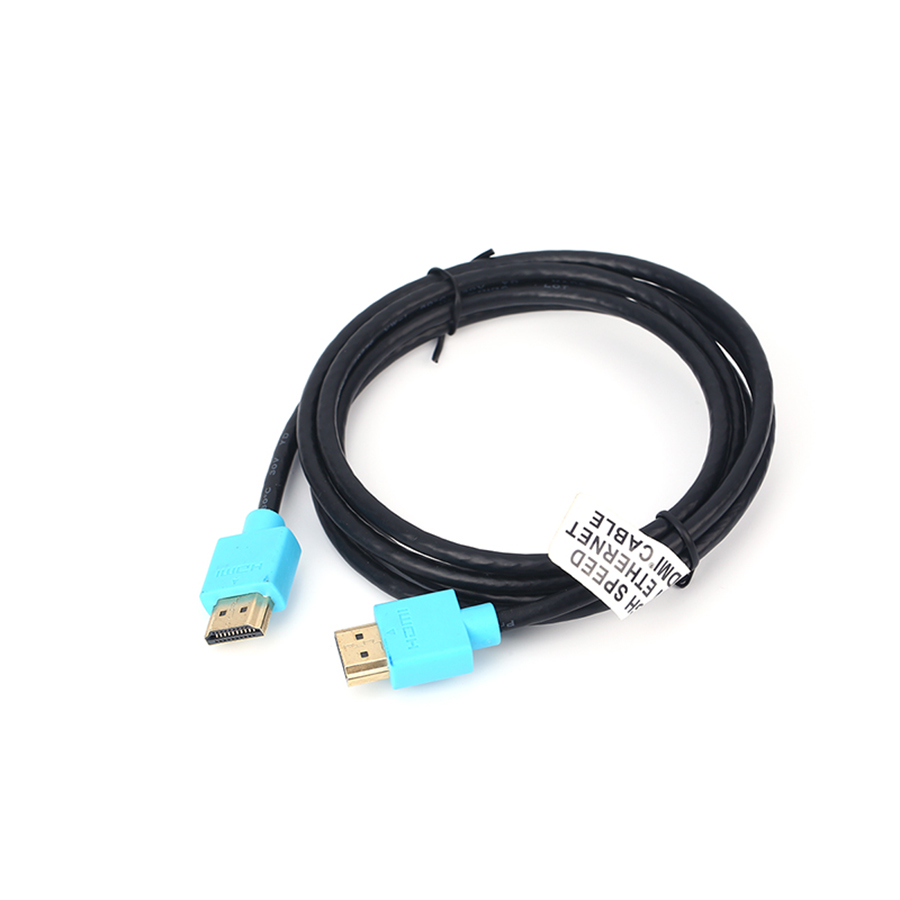Devices that may have HDMI connections include:
TVs, video projectors, and PC monitors.
DVD, Blu-ray, and Ultra HD players.
Cable/satellite boxes and DVRs.
Home theater receivers.
Media streamers.
Game consoles.
PCs and laptops.
Monitor HDMl Cable
Notebook HDMl Cable
Digital Devices HDMl Cable
Projector HDl Cable
Gaming HDMl Cable
Standard HDMl Cable
High-Speed HDMl Cable
HDMl Extension Cable
Select digital cameras, camcorders, and smartphones.
Combining HDMI With Select Non-HDMI Connections
HDMI can also be used in combination with other types of connections. For example, there are HDMI/DVI, HDMI/Display Port, HDMI/USB-C, and HDMI/MHL adapter connectors and cables should you require those options.
Passive HDMI Cable: Most HDMI cables are passive. That means one end goes into a source and the other goes to a home theater receiver or video display, and the signal is transferred.
The cable is also bi-directional, meaning you can connect either end to an HDMI input or output connection. Passive HDMI cables should be able to provide a stable signal for lengths of up 15 feet.
Active (Amplified) HDMI Cable: Longer HDMI cable lengths may require an added boost to transfer a stable signal. Active HDMI cables contain amplification circuitry inside one of the connection heads.
In most cases, power is provided internally. However, you may find an active cable that connects an external power source via a small cable that connects from one of the HDMI connector-ends to a USB power or AC adapter power source.
Optical HDMI Cable: In a similar manner as digital optical audio connections, optical HDMI cables transfer signals via fiber optic cable, in this case, both video and audio.
Optical HDMI cables have the same types of connection ends as other HDMI cables. An optical HDMI cable can be made very thin. It can transfer stable signals over a longer distance than other HDMI cables without the need for external power.



